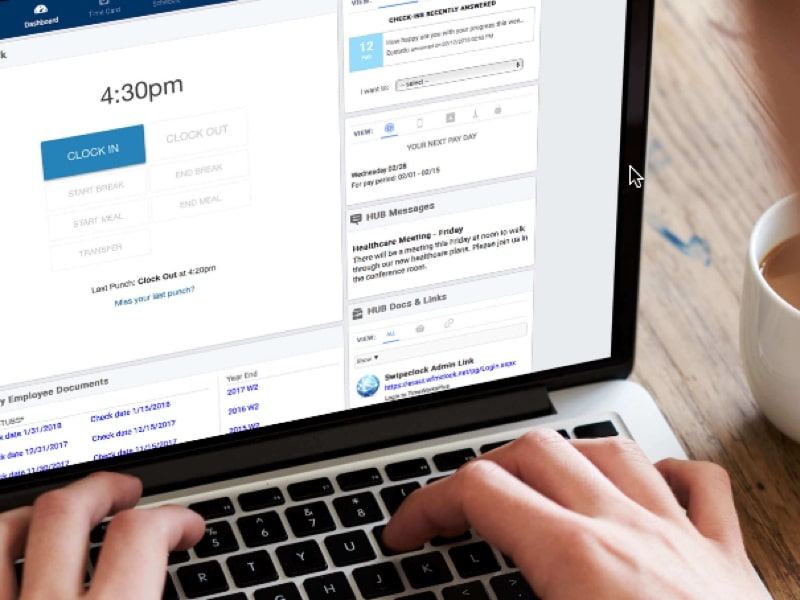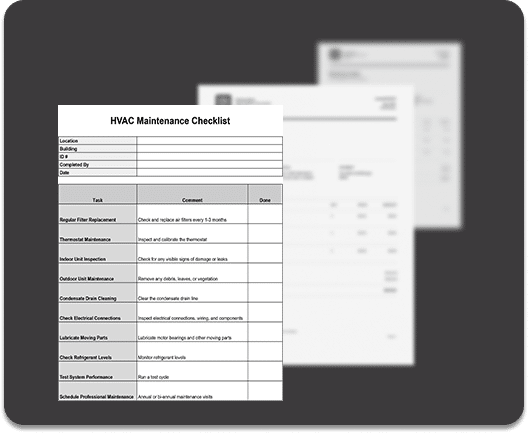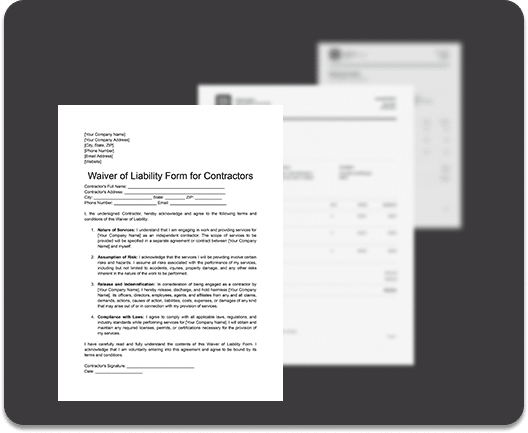Updated September 12, 2022
What is an HR portal?
An HR portal is the employee interface in a Human Resources Management System (HRMS). In the portal or dashboard, employees handle HR tasks. (An HRMS is an integrated suite of HR software tools.)
If you aren’t using an HR portal, you are missing out. You could improve workforce management immensely.
An HR portal can revolutionize your organization:
- Increase efficiency by leaps and bounds
- Eliminate the processes that scream “we hate our employees”
- Transport your HR team from the Dark Ages
- Standardize compliance and minimize the risk of a violation
Don’t have time to read this whole article?
Request a WorkforceHub demo.
7 Ways an HR Portal Can Transform Your Business
1. Employees can access what’s important to them
An HR portal is also called an employee self-service (ESS) system. It’s a secure site that allows staff members to complete Human Resources transactions on their own. Employees have easy access on a desktop or mobile device.
Everyone expects self-service. We bank online, pay at the pump, and book flights on our phone. It doesn’t make sense for employees to contact HR for things a system can handle. This includes paystubs, benefits information, and PTO balances.
2. Employees are ready to work when they start their shift
Employees can immediately take care of work issues in an HR portal. Did the payroll office get my direct deposit update? Do I work next Friday? When does open enrollment end? Did my manager approve my vacation request? After tying up any loose ends, they start their shift ready to focus.
3. Good managers can become great managers
It’s amazing how improved oversight increases effectiveness. Managers can make better decisions because they have more information.
- Approve timecards, shift changes, and PTO requests
- Monitor onsite, mobile, and virtual employees
- Ensure employees sign important documents
- Provide flexible schedules without coverage gaps
- Limit overtime without missing production goals
- Manage training and instruction in a centralized location
- Identify top performing team members and reward accordingly
- Spend less time doing paperwork and more time helping your employees succeed
4. Provide administrative superpowers
We’ve discussed how managers and employees benefit. Since it’s called an HR portal, let’s talk about HR managers and their teams. Imagine how an HR portal would improve collaboration could do if you automated tedious transactional processes.
- Your recruitment team can post jobs, track applications, and make better hiring decisions
- Manage onboarding and monitor completion of new hire paperwork
- Save time not having to answer payroll-related questions
- Keep the employee handbook up-to-date
When you have tamed these processes, HR can now fulfill a higher calling—optimizing actual humans. Build a career paths program. Create a succession plan. Improve employee wellness. Define your Employment Value Proposition and impress your CEO.
5. Become a data Ninja
WorkforceHub provides a wealth of analytics that increases in value over time.
What type of data are we talking about? Time and attendance data. Scheduling data. Productivity data. Hiring data.
Here is the simple process for using WorkforceHub analytics to improve processes:
- Implement WorkforceHub
- Capture data about your processes
- Analyze the data
- Make changes to improve operations
- Assess whether the changes were effective
- Adjust as necessary
- Rinse and repeat
Though this is straightforward, it is powerful. The exercise can help your business grow faster in 2022.
6. Demystify compliance
There is a compliance component to virtually every HR process. Anti-discrimination laws affect recruiting and hiring. FLSA regulates minimum wage and overtime. Fair Workweek laws influence shift scheduling. Plus the Affordable Care Act, the Family Medical Leave Act, and laws at the state and local level. Add collective bargaining agreements, industry regulations, and provisions that apply to government contracts. On top of it all, employers are required to keep records to verify compliant practices. It helps to have several employment law experts on your HR staff!
Your HR portal automatically keeps records. Set alerts for pending overtime. Configure timekeeping for meals/breaks laws. Administer protected leave. Manage your employee handbook and verify new hires have read and acknowledged company policies. Run EEOC reports on your hiring data.
An HR portal protects your company from DOL audits and employee disputes.
Four Compliance Basics for Employers
- Know current federal and state laws—many have changed recently. You can read about them here: How to Improve Your Onboarding Process (COVID & Remote Work Issues for 2022) and the small business Compliance Checklist
- Update your company policies and employee handbook with legal guidance
- Train managers, HR, executives, and employees
- Ensure your corporate culture supports a safe, legal, and welcoming environment
7. Mobile HR (of course!)
HR portals have companion mobile apps which permit access from any web-connected device. Employees can access the Human Resources department anytime day or night. This is important for telecommuters, mobile employees and anyone who uses a mobile phone to manage their life. In other words….everyone.
Ease-of-use meets breadth of function
WorkforceHub was designed by labor management software experts. It’s straightforward and intuitive.
It’s so much more than a software platform. It creates a completely different employee experience.
HRMS integrations
Systems also integrate with third-party business software applications. Swipeclock’s WorkforceHub, for example, works with many payroll systems.
Budget-friendly HR software
Cloud-based HRMS with a subscription model allow companies to budget for a set monthly cost. These systems are not only scalable, they are elastic. This makes them ideal for growing companies or those whose workforce varies in size throughout the year. The software vendor maintains the system and provides technical support to users.
How to Choose an HR Portal
Researching HR portals? First, decide what your goals are. Answer these questions:
Do you frequently have staffing problems with under- and over-staffed shifts?
If so, you definitely want a shift trade board. This centralized shift exchange allows your employees to swap shifts without going through a manager. You can customize exchange boards according to company policies or wage and hour laws. For example, you may require manager approval for some employees or teams. You can set overtime thresholds or shift length limits. This will help you avoid FLSA and ACA problems. Auto-alerts keep everyone informed of schedule changes. Nobody can say, “I didn’t know I was working today.”
Does it take a long time to get new employees up-to-speed?
You want new hires to start contributing quickly. Manual onboarding is a big pain. Structured onboarding improves engagement, retention, and your overall employer brand.
Growing quickly?
Be sure your HR portal links to key documents that all employees should have access to. Create an employee handbook. If you are a small business or start-up, you may have never formalized company rules in a written document. It may just be general knowledge that conflicting vacation requests are granted to the employee with the most seniority. Maybe you only allow workers to access social media during meals and breaks. Your attendance policy will become more important as you grow.
Here’s your chance to nail down the specifics and put them down on (virtual) paper. As your company evolves, you will probably have to update policies. When the documents live in the cloud instead of a binder, updates are quick and easy.
Redefining Employee Engagement in 2022
WorkforceHub provides your employees the type of platform they are familiar with. They already use high-functioning software. It would actually take longer to teach them how to use outdated processes.
3 Key Findings About Employee Engagement
- 91% of employees say the last time they left an employer, it was voluntary. (Gallup, State of the American Workplace)
- The top reasons given by employees for leaving their jobs include lack of career development (22%), lack of support with work-life balance (12%), their manager’s behavior (11%), unsatisfactory compensation and benefits (9%), and poor well-being (9%). (Work Institute)
- 87% of workers expect their company to support them in balancing their life between work and personal commitments. (Glassdoor)
This is the year to solve operational problems and poor employee engagement
Fix your manual processes—they are the usual suspects when it comes to workplace inefficiency and poor engagement. Move the processes to your HR portal and relieve the hassle for everyone.
To learn more about WorkforceHub, schedule a demo.


















